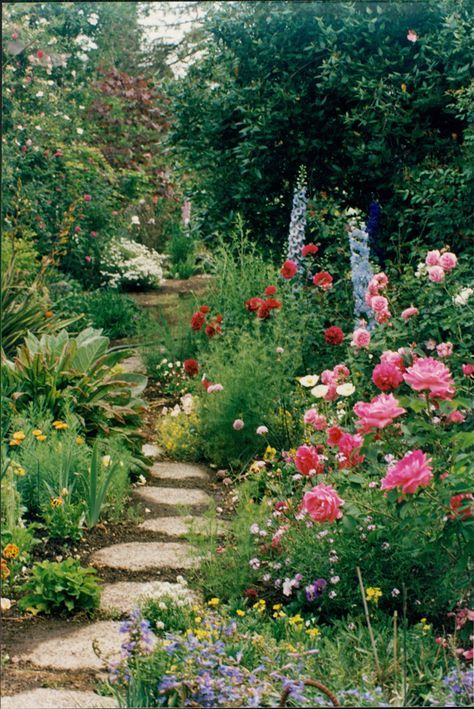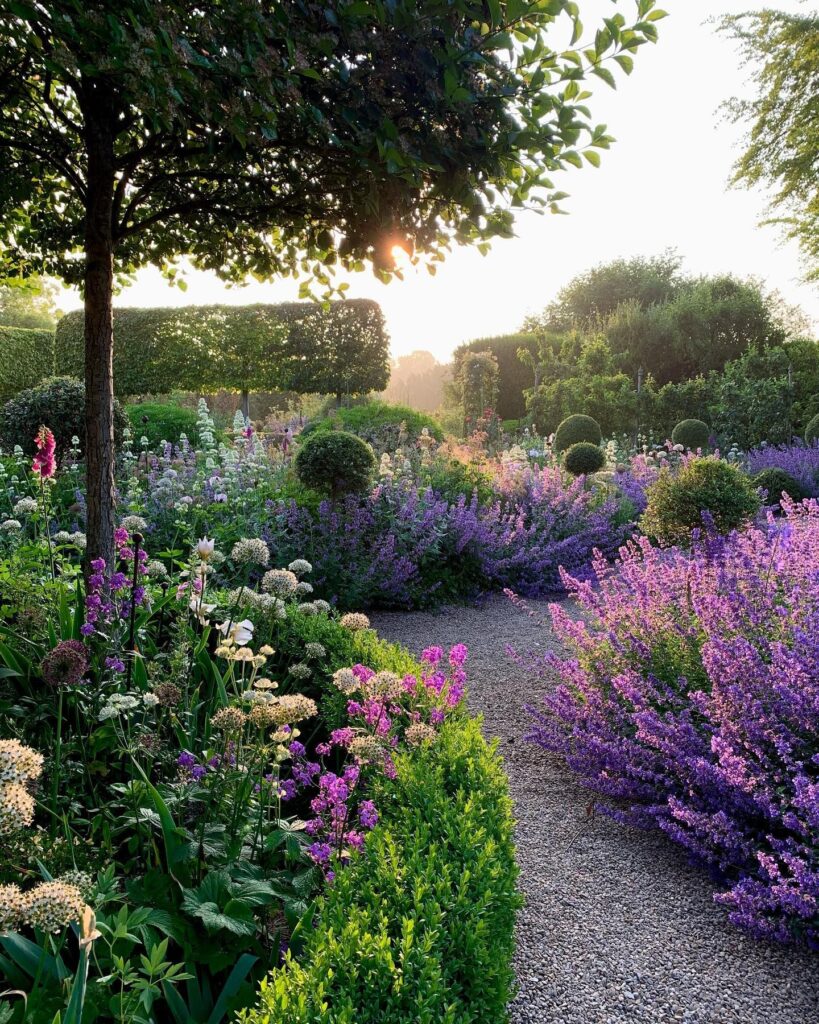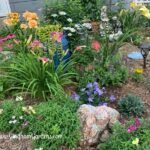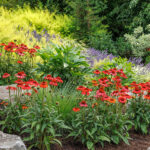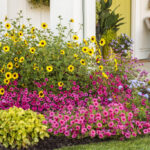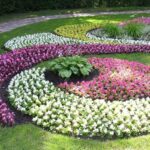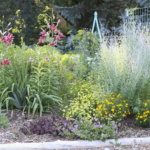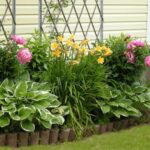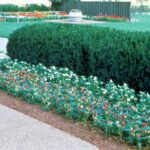Flower gardens are a delightful addition to any backyard or outdoor space. They bring color, fragrance, and beauty to the surrounding landscape, making it a more inviting and peaceful environment. When it comes to designing a flower garden, there are a few key elements to consider in order to create a space that is both aesthetically pleasing and functional.
The first step in designing a flower garden is to choose the right location. Ideally, a flower garden should be placed in an area that receives ample sunlight throughout the day. Most flowering plants require at least six hours of sunlight to thrive, so make sure to select a spot that meets this requirement. Additionally, consider factors such as soil quality, drainage, and accessibility when choosing a location for your garden.
Once you have selected a suitable location, the next step is to plan out the layout of your flower garden. Consider the size and shape of the space you have to work with, as well as any existing features such as pathways, trees, or structures. Think about how you want to arrange your plants – do you prefer a more structured, formal layout, or a more natural and informal design? Take into account the height, color, and blooming times of different plants to create a visually appealing and cohesive garden.
When choosing plants for your flower garden, it is important to select species that are well-suited to your climate and growing conditions. Consider factors such as water requirements, soil type, and sun exposure when selecting plants for your garden. It is also helpful to choose a mix of plants that bloom at different times of the year, so that your garden will have color and interest throughout the seasons.
In addition to flowers, consider incorporating other elements into your garden design, such as paths, borders, or focal points. Paths can help define the layout of your garden and provide access to different areas. Borders, such as hedges or edging plants, can help create a sense of structure and cohesion in your garden. Focal points, such as a bench, statue, or fountain, can draw the eye and add visual interest to your garden.
Finally, don’t forget to consider maintenance when designing your flower garden. Choose plants that are easy to care for and require minimal upkeep, especially if you have limited time or gardening experience. Consider adding mulch to help retain moisture and suppress weeds, and be sure to water and fertilize your plants regularly to keep them healthy and thriving. With thoughtful planning and attention to detail, you can create a beautiful and vibrant flower garden that will bring joy and beauty to your outdoor space for years to come.
